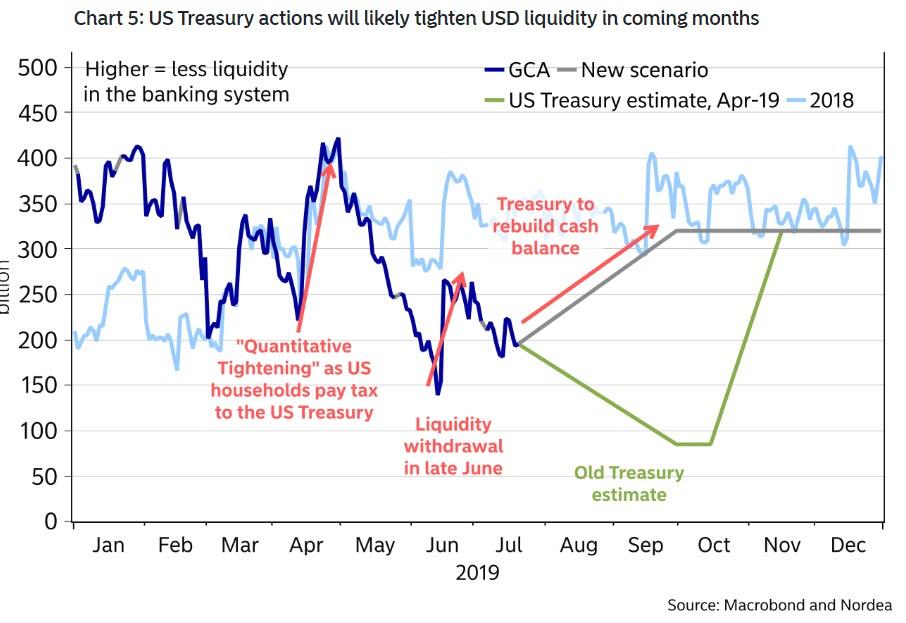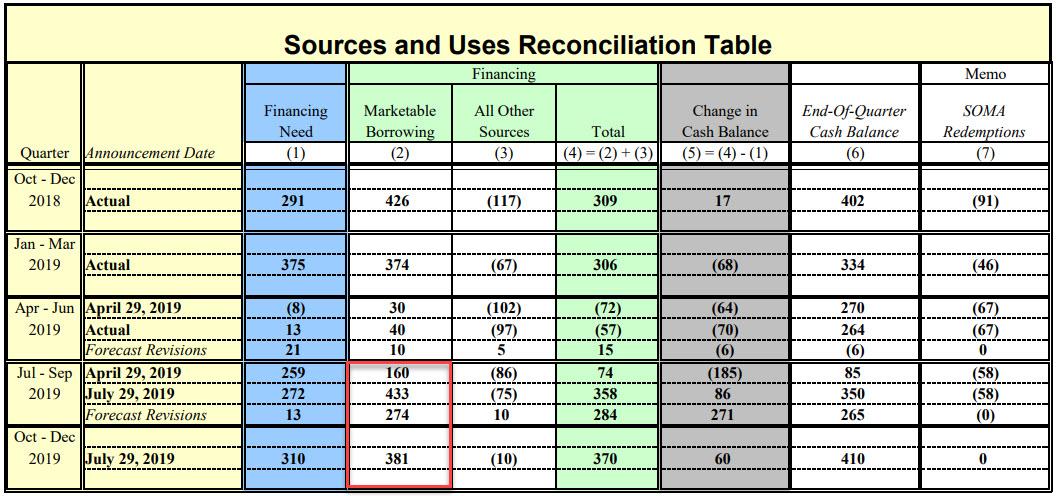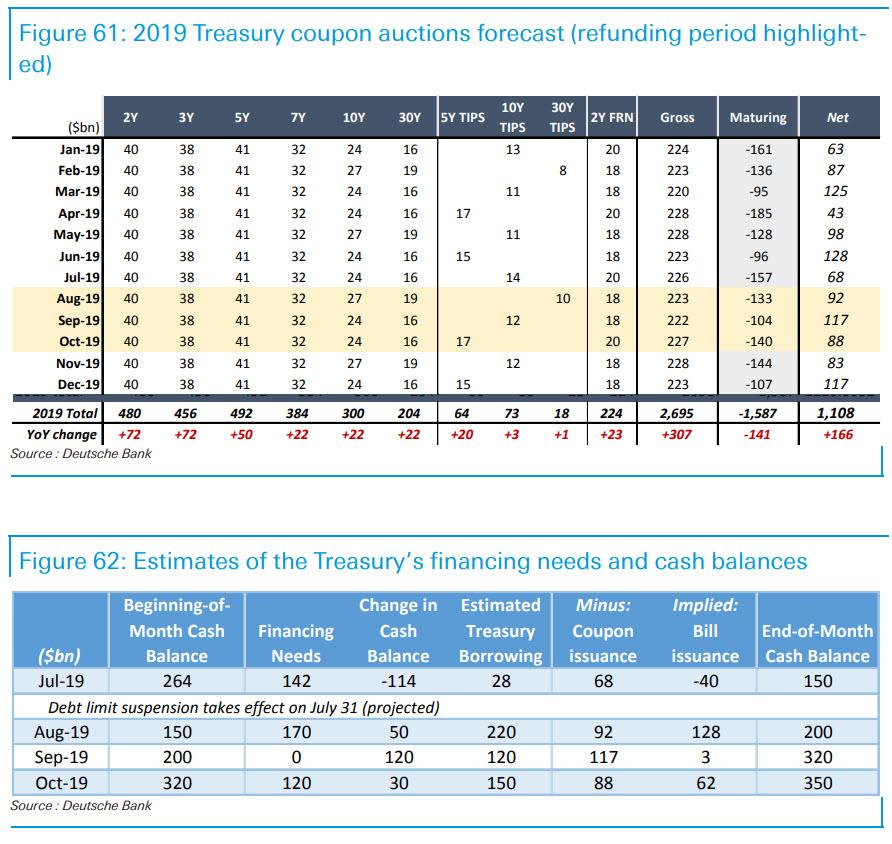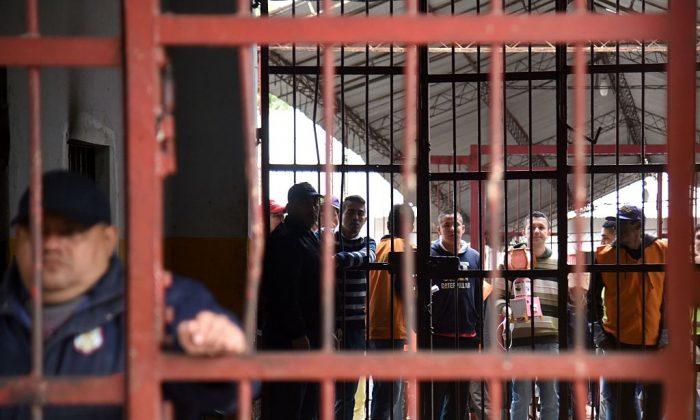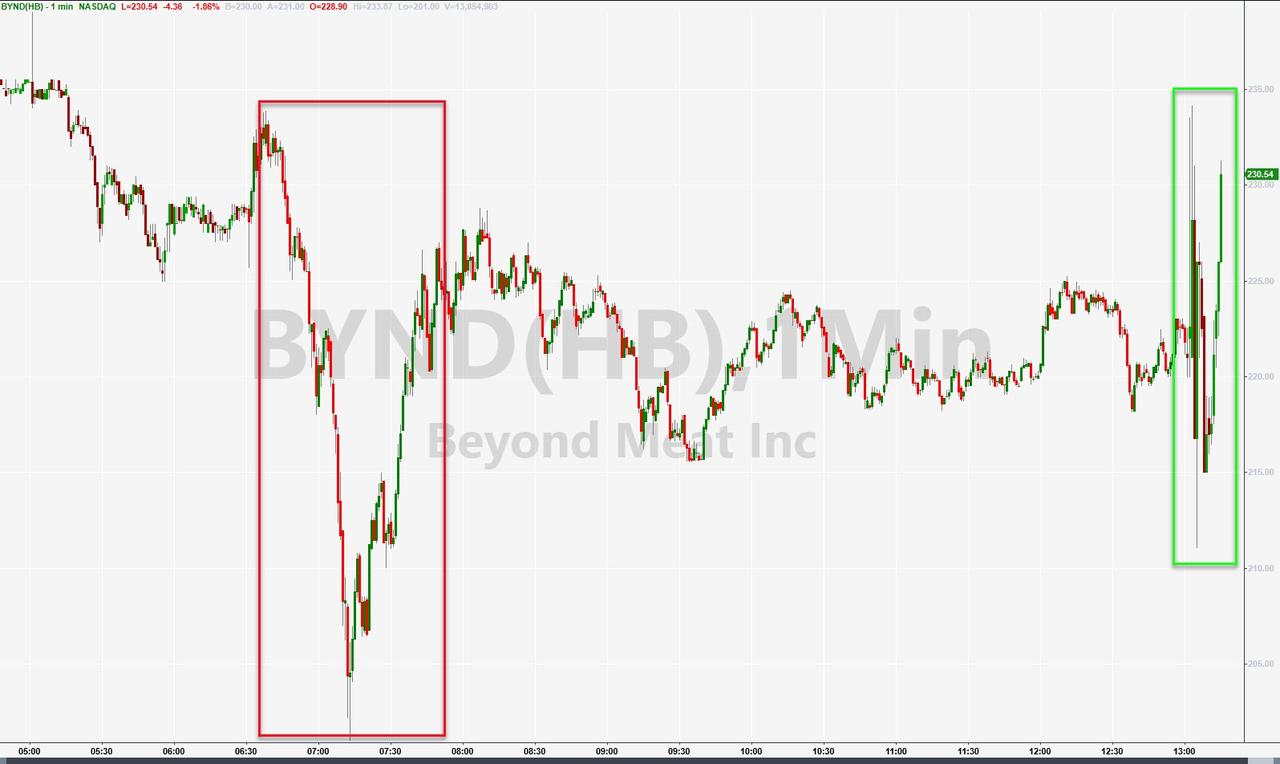If Sen. Elizabeth Warren (D–Mass.) moves into the White House in 2021, she’ll be ready to sign trade deals with other countries—but not many of them.
The Warren campaign’s trade policy plan attempts to draw a distinction between the progressive senator and President Donald Trump, who has spent a good deal of his time in office threatening to terminate existing trade deals without getting very much in return. Warren says her administration “will engage in international trade—but on our terms and only when it benefits American families.”
It’s a classic example of a sentence where nothing that comes before the “but” really matters. Warren’s policy is aiming, essentially, for a more competent version of the protectionism that Trump has brought to the forefront of American politics in the past two years. Warren’s plan calls for “establishing a set of standards countries must meet as a precondition for any trade agreement with America.” Those standards include enforcement of collective bargaining, elimination of domestic fossil fuel subsidies, and a long-term plan to reduce carbon emissions—rules so strict that they effectively disqualify any developing country from reaching a trade deal with the United States.
So this plan would eliminate China, Japan, Korea, Germany, Italy, Ireland, Singapore, Malaysia, and Vietnam from entering trade agreements with the U.S. because they’re being monitored for currency manipulation by @USTreasury (included 3 largest economies in the world after US) https://t.co/8oe24z58M1
— Sara Eisen (@SaraEisen) July 29, 2019
“Most developing countries would fail to meet those benchmarks,” says Scott Lincicome, a trade attorney and scholar with the libertarian Cato Institute. “It’s easy to say ‘I’m for trade agreements’ when you set the bar so high that no country can qualify for a trade agreement.”
For Warren, it’s not clear whether that’s a feature or a bug. Politically, it seems obvious that she is making a play for the same working-class voters that helped Trump win the White House. In a Medium post detailing the plan, Warren bemoans how “big multinational corporations have bought and lobbied their way into dictating America’s trade policy” by seeking to “pad their profits by shifting American jobs to countries where they can pay workers next to nothing.”
Dressing up Trump’s anti-trade stance with progressive rhetoric makes sense for Warren’s campaign. In addition to creating an opening to compete with Trump for Rust Belt voters, it will give her an opportunity to challenge Democratic frontrunner Joe Biden’s history of support for trade deals such as the North American Free Trade Agreement—a pact viewed contemptuously such 2020 contenders as Trump, Warren, and Sen. Bernie Sanders (I–Vt.). Warren and Biden will not share the stage during this week’s primary debates, but her proposal goes out of the way to stress how it breaks with previous administrations from both parties.
Beyond the political realm, Warren’s trade strategy seems to rely on magical thinking. She writes about using “America’s leverage to boost American workers and raise the standard of living across the globe,” but there’s little reason to believe that making it more difficult to reach trade deals with developing nations would actually help workers in those places.
After all, one of the benefits of signing trade agreements is to improve conditions in developing countries. Investing in underdeveloped countries provides American companies with cheap sources of labor (and American consumers, by extension, with less expensive goods) while allowing unskilled workers to advance from subsistence farming to low-level manufacturing. History has shown repeatedly that labor standards increase as countries get richer—but those incremental changes depend to some degree on foreign investment. Refusing to sign trade deals with developing countries will not cause those places to magically advance. More likely, it will cause them to stagnate.
Warren does, thankfully, dismiss the Trumpian notion that tariffs can be used to force other nations to bend to America’s will—but even on this most obvious point, she prevaricates: “while I think tariffs are an important tool, they are not by themselves a long-term solution to our failed trade agenda and must be part of a broader strategy that this Administration clearly lacks.”
It’s easy to criticize Trump’s foolish use of tariffs, but Warren’s refusal to take tariffs off the table is a good illustration of the struggle that Democrats, generally, are having in confronting Trump’s trade policies. As Axios reported over the weekend, not a single candidate in the Democratic field is currently willing to commit to repealing Trump’s tariffs on Chinese-made goods.
The evidence that Trump’s trade policies are harming the economy continues to grow. Dan Drezner, a professor of international politics at Tufts University, notes that Trump’s tariffs have “unwittingly sanctioned the U.S. economy” by reducing both domestic and foreign investment. Business investment in the second quarter of 2019 fell into the negative numbers, while investment from China has dropped by a whopping 88 percent since 2016, The Wall Street Journal reports.
Democrats should be eager to run against those policies, but instead they seem to be taking a wait-and-see approach. The strategy appears to be based on the hope that Trump’s trade policies will tip the economy into a recession (or into a period of reduced growth) before November 2020—thus allowing Democrats to make the election a referendum on Trump’s handling of the economy while promising they’d do a better job of implementing, essentially, the same trade policies.
In the meantime, Warren’s proposal is a good reminder that Trump’s trade policies aren’t bad merely because they are Trump’s.
from Latest – Reason.com https://ift.tt/2yoWwyA
via IFTTT
